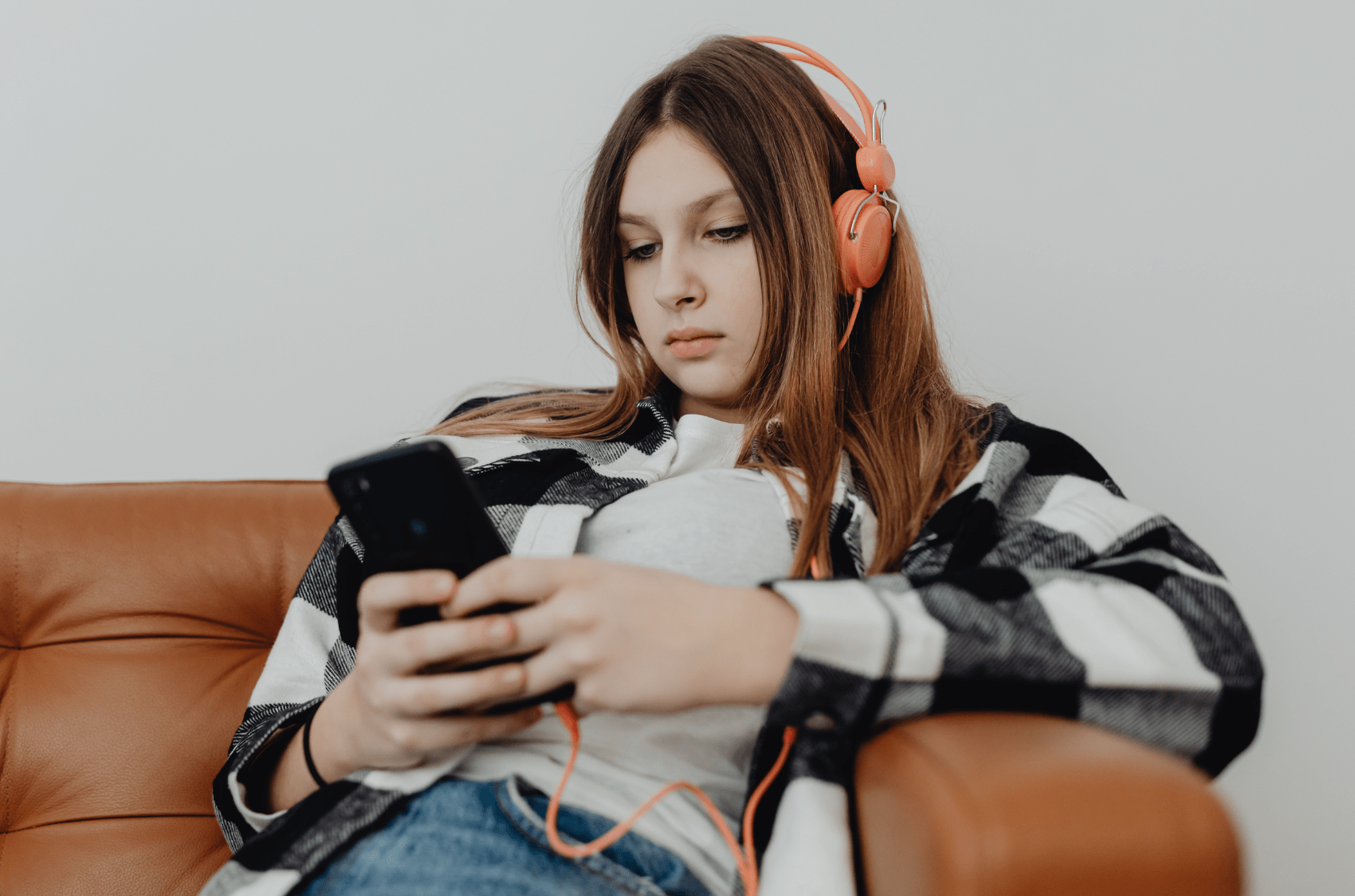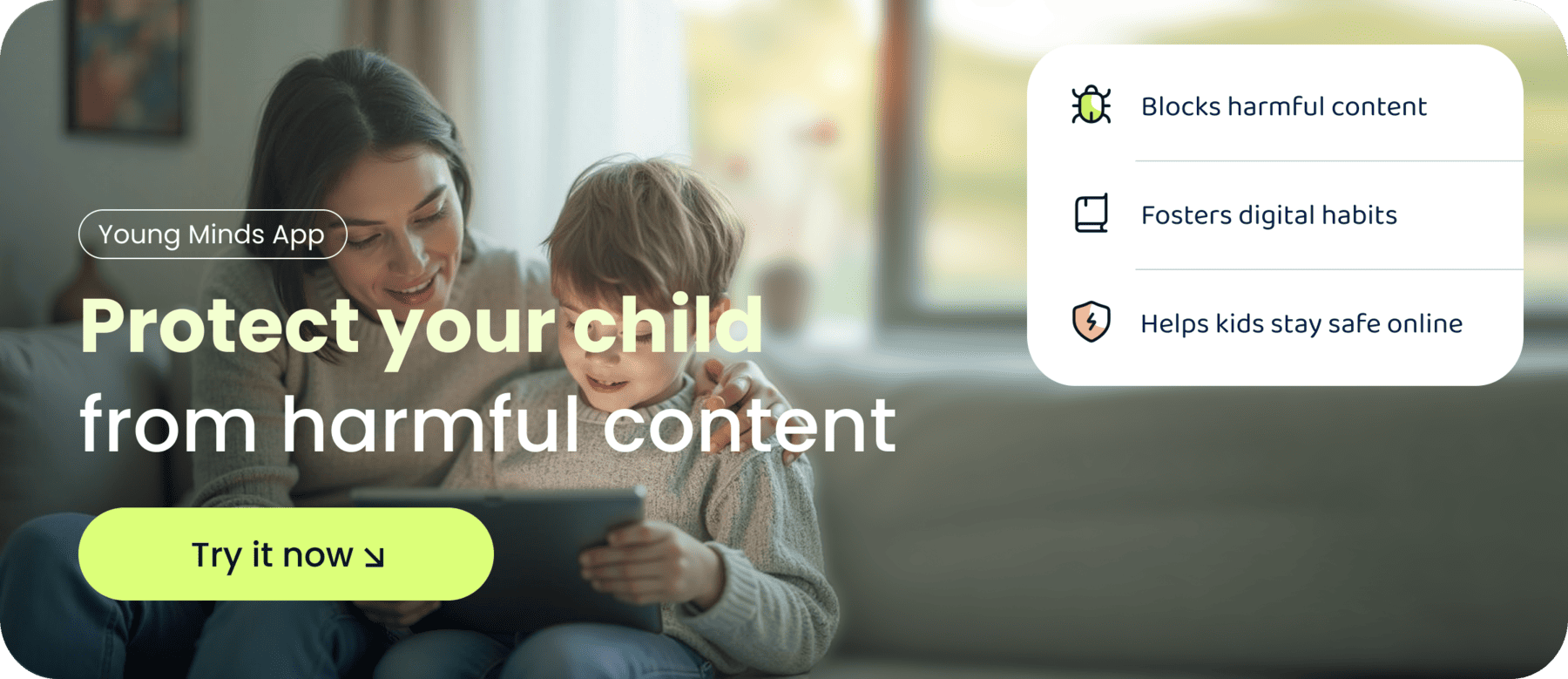The Digital Moment Every Parent’s Talking About
If your child uses Instagram, you’ve probably heard the news: the platform is tightening safety for teens with a PG-13 style rating system.
Meta, Instagram’s parent company, has just announced new restrictions for users under 18, hiding mature content, strengthening age checks, and giving parents more visibility. It’s part of a wider effort to reduce exposure to harmful material and improve wellbeing for young people online.
But while the update is welcome, it raises a bigger question: can technology alone keep our children safe?
That’s where we, as parents, and tools like Young Minds App, step in.
The Key Instagram Updates Parents Should Know
1. PG-13 Style Content Restrictions
According to The Guardian and Reuters (October 2025), Instagram will now:
- Automatically apply limited-content filters to all users under 18.
- Hide posts containing adult jokes, strong language, dangerous stunts, or drug references.
- Require parental consent before a teen can opt out of these filters.
Essentially, the feed your teenager sees will look very different, more age-appropriate, less risky.
“We want Instagram to feel more like a PG-13 environment for younger users,” Meta said in its announcement in Reuters.
2. Age Verification Gets Smarter
Instagram is rolling out AI-based age prediction to catch users who falsify their age. Children under 13 will find it far harder to open an account, aligning with the UK’s Online Safety Act requirements.
3. Parental Supervision Made Easier
Parents can now:
- Review or adjust “limited content” mode.
- Receive alerts when a teen changes safety settings.
- See more transparency about who can message or tag their child.
These improvements expand on Instagram’s School Partnership Programme, launched earlier this year, which let schools in the U.S. report cyberbullying directly to the platform for faster review. Together, they signal a shift toward shared responsibility between tech platforms, educators, and families.

What This Means for UK Parents
The UK rollout, starting October 2025, marks the first time Instagram has automatically enforced youth-safety standards on this scale.
It’s a big step, but not the whole answer. Filters can block content, but they can’t build judgement.
That’s where the Young Minds App comes in: we help children learn why digital boundaries matter so they carry those skills into adulthood.
How to Turn This Update Into a Parenting Advantage
Safety with Understanding
Instagram’s filters are helpful guardrails, but they’re not foolproof. Sit with your child and explain why these settings exist, not as punishment, but as protection.
Ask questions like:
- What kind of posts do you think might be hidden by these filters?
- How would you react if something worrying still appeared?
By talking openly, you’re teaching digital resilience, not fear.
Freedom That’s Earned
Children gain independence gradually. You can mirror Instagram’s step-up approach by letting your teen earn more online freedom as they show responsibility, just as the Young Minds App does through milestones and rewards.
Discipline Through Motivation
Instead of imposing blanket bans, encourage shared responsibility:
- Set weekly “Instagram check-ins.”
- Celebrate positive online behaviour (“I liked how you handled that comment”).
- Link screen-time routines to goals in the Young Minds App’s Study or Wind Down Mode.
These moments turn control into collaboration.
Education Through Exploration
Use Instagram’s update as a springboard for learning:
- Talk about film-style ratings—“PG-13 means what kind of content?”
- Encourage critical thinking: “Would you share this if everyone could see it?”
- Let them explore safely within limits, then reflect together.
Learning by doing builds stronger, lasting digital habits.
Action Plan for Parents
- Check Your Teen’s Account Type:
Go to Settings → Supervision → Teen Account. Make sure filters are active. - Enable “Limited Content Mode.”
Confirm it’s switched on; it’s the new default for under 18s. - Review Privacy & DM Settings.
Keep profiles private, restrict strangers, and monitor tagged posts. - Create a Family “Digital Check-In.”
Once a week, discuss what’s going well online and what feels uncomfortable. - Integrate It With Young Minds.
Pair platform safety with in-app learning milestones that reward responsible use.
Real-World Conversations That Help
Start with Curiosity:
“Have you noticed any changes on Instagram lately?”
Share the Power:
“Let’s look at these settings together and decide what makes sense for you.”
Promote Reflection:
“What do you think is the difference between being safe and being restricted?”
These small, calm chats build trust, the strongest safety net there is.
Turning Regulation Into Readiness
Government and platform rules are tightening, but digital readiness still starts at home. Your child’s confidence online comes not from filters, but from understanding why boundaries exist and how to make smart choices.
At Young Minds, we call this raising digital citizens, not digital dependents.
Parents Also Ask:
Does the PG-13 update apply to UK accounts?
Yes. The rollout includes UK, US, Canada and Australia from October 2025.
Can my teen disable these settings?
Only with parental consent via Instagram’s Supervision tools.
How does this relate to the school-reporting programme?
Both initiatives are part of Instagram’s broader push to combat cyberbullying — giving schools and parents faster ways to report and resolve harmful content.
Is Instagram “safe” now?
Safer, yes — but real protection still relies on dialogue, empathy and daily guidance.





